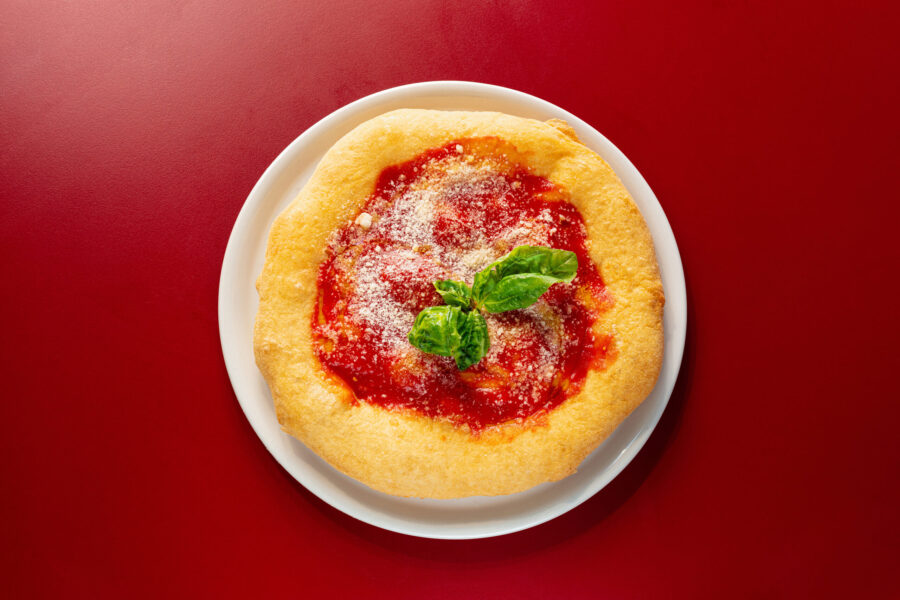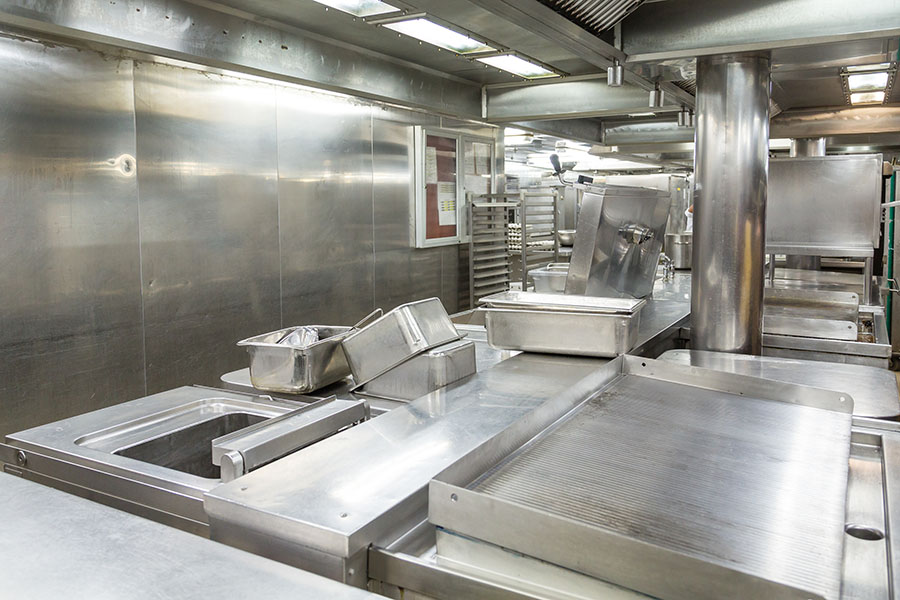
Scott Wiener
Owner & Operator
Scott’s Pizza Tours, NYC
The first thing I do upon meeting my tour customers is to ask them to define their expectations for New York-style pizza. The responses are all over the place — some anticipate a crust that’s thin and crispy while others are positive it’s going to be thick and tubby. There’s no consensus because New York has more than one indigenous pizza style. Part of what makes the city so fertile for pizza pilgrimages is the presence and popularity of these discreet variations.
The most typical pizza in New York is the classic slice. This is the kind you see in movies and TV shows about New York, where pizza is as much a character as it is a prop. Slices are thin, slightly floppy, and large enough to necessitate the fold maneuver for swift consumption. The dough is made from high-protein flour that usually contains malted barley; otherwise, sugar is added to the mix for improved browning. The result is an evenly browned product that’s equal parts crunch and chew. The real key here is that this style is available for purchase by the slice. A quick blast in a deck oven wakes up the pre-baked slice, which is then served on a paper plate for the on-the-go New Yorker. You’ll find this style in classic spots like NY Pizza Suprema (near Penn Station), Joe’s Pizza (West Village), and Luigi’s (Brooklyn).

Joe’s Pizza, West Village, New York City
Even though the by-the-slice variety gets most of the attention, the original format of pizza in NYC started in the early 1900s when coal-fired pies were the only option. Coal was the fuel of choice for industrialized cities in the northeast because it was cheap. Large ovens were built to facilitate coal’s unique oxygen requirements and pizzas were baked directly on the hearth to temper the oven for bread baking. The resulting crust is crisp on the outside and soft on the inside with telltale char marks on the bottom. The oven is usually 700 F to 800 F, resulting in a three- to five-minute bake. That means the pie is often in place long enough to pick up some brick outlines on the underside as well. Pizza like this lives at Lombardi’s (near Little Italy), John’s Pizzeria (West Village) Arturo’s (Greenwich Village), Patsy’s (East Harlem) and Totonno’s (Coney Island).
Those looking for a more substantial meal will be satisfied by Sicilian pizza. This is the thick, rectangular pizza that looks like a bloated, cheesy focaccia. Like focaccia, Sicilian pizza is made of dough that has been spread into a greased pan and left to proof before baking. When done properly, the final product is lighter than it looks, with a pillowy, open-crumb structure bordered by a crunchy-fried bottom and a saucy-moist top. My favorites in New York are Joe’s Pizza (West Village) and Ben’s Pizza (Soho). A popular variation keeps the crust even drier by layering sauce only after cheese has been applied to the dough. This “upside-down” version is popular at NY Pizza Suprema (near Penn Station) and Prince St. Pizza (Nolita).
The main differentiating characteristic among all these varieties is crust. We love the quick operation of a classic folded slice; we crave the relenting crunch of a coal-oven pie; and the hearty Sicilian is a sacred treat we don’t take for granted. As you can see, New York has too vast an indigenous pizza scene for a single moniker like “New York-style.”
Scott Wiener owns and operates Scott’s Pizza Tours in New York City.







